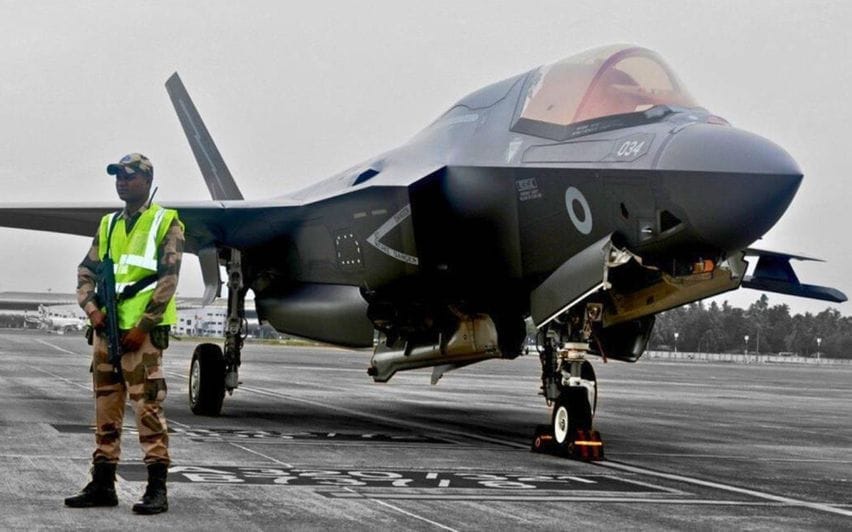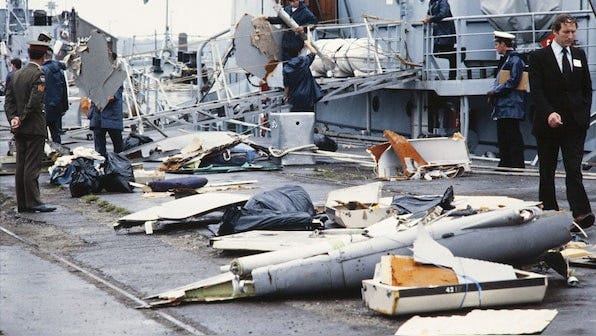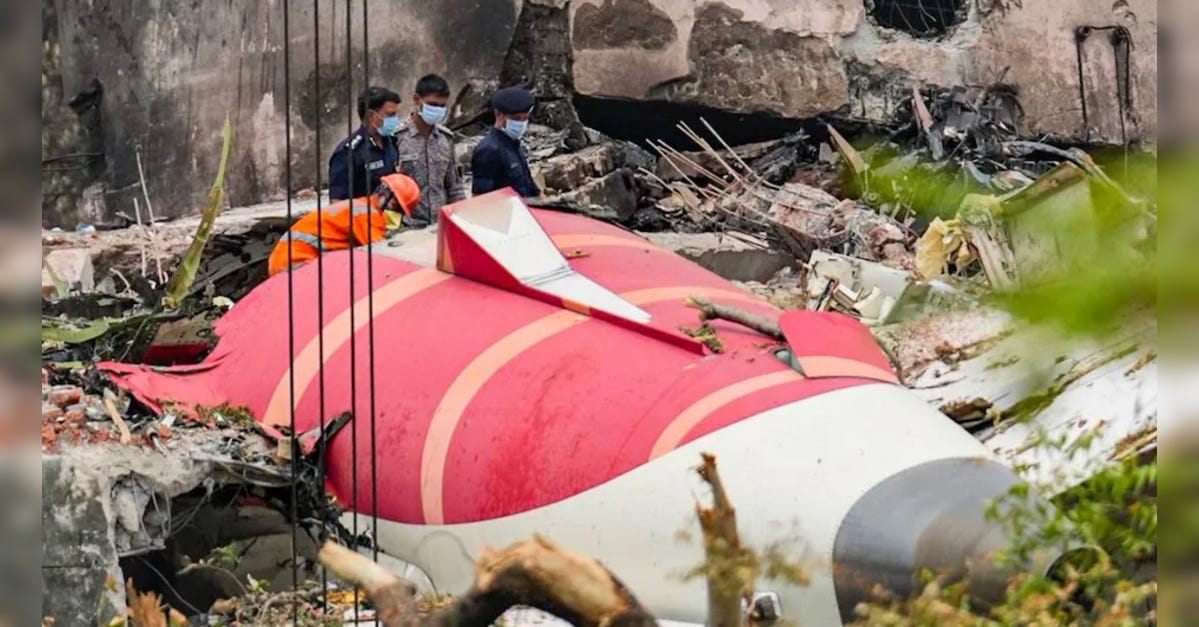A version of this essay was published by Deccan Herald at https://www.deccanherald.com/opinion/let-s-make-our-own-planes-3607351
June 23rd was a very sad anniversary: it was exactly 40 years ago that Air India Kanishka, Flight AI 182 (Montreal-London-Delhi), a Boeing 747, was blown up in the sky off Ireland, killing all 329 on board. There has never been closure, because the Canadian government stonewalled the investigation into how alleged Khalistani terrorists on their soil perpetrated one of the worst airline disasters in history.
The black box and cockpit voice recorder were recovered, and confirmed a loud explosion and sudden loss of communications and an explosive decompression, consistent with a bomb in baggage. Separately, two baggage handlers at Narita were killed when another bomb linked to the same terror group exploded on the ground on flight AI 301 on the Toronto-Tokyo-Bangkok-Delhi route.
On June 12th, 2025, the as-yet unsolved crash-landing of AI 171 (Ahmedabad-London) killed all but one of 242 on board, and at least 35 people on the ground, as the Boeing 787 Dreamliner failed just after take-off. The black box has been recovered, and India’s Aircraft Accident Investigation Bureau was able to decode it. The detailed results will take another couple of weeks. Fortunately, the black box didn’t have to be sent to the US because they would have an incentive to exonerate Boeing.
Indeed there is already a media narrative of a) incompetence of the Indian pilots, b) poor maintenance by Air India. While there have been previous complaints about broken seats and entertainment systems, there was a clear objective to limit reputational damage to already beleaguered Boeing. Whistleblower reports have long suggested shoddy manufacturing practices especially on jets earmarked for delivery overseas.
Boeing appears to be an engineering-driven company that was ruined as the focus shifted to bean-counting and finance, ever since they took over McDonnell Douglas in 1997, but paradoxically allowed the latter’s cost-cutting managers to dominate. Instead of innovating, they now tend to recycle old designs. A 2022 Netflix documentary, “Downfall: The Case Against Boeing”, is scathing in its accusations.
India is building the infrastructure for significant growth in air travel, to the extent that the hostile Financial Times mocked it with a story titled “Air India crash tests Narendra Modi’s ambition to get his country flying”, blaming Air India and the airline regulator (but not Boeing).
All this has implications for India, considering that Air India ordered 220 Boeing aircraft and another 350 from Airbus, while Indigo ordered 500 Airbus planes. That’s many billions of dollars. The obvious question is: why isn’t India making these commercial aircraft? Surely aerospace is a growth sector for India? Yes, there will be offset-based sub-assembly manufacturing, and maintenance operations, but why not India’s own passenger aircraft?
Brazil’s Embraer, Russia’s UAC and China’s COMAC are eyeing the cosy Airbus-Boeing duopoly. Strategic autonomy suggests India should also strive for its own design.
There are military reasons too. Warfare is changing, and drones and missiles are becoming more important, though fighter aircraft remain critical. India is developing the Tejas and the newly-approved AMCA, but there is the salutary tale of the indigenous HF-24 Marut, phased out because of underpowered engines, inadequate infrastructure, and poor coordination between HAL, the IAF, and the government; also no private sector involvement and the lure of imports.
India has to build its own fighter jets, and especially jet engines like Kaveri: India is last in line for foreign engine-makers, and anyway, they keep the kill switches. India may be able to sell fighter jets to many countries, along with the battle-tested BrahMos, Lakshya and Akashteer, so spending on them is an investment with likely returns.
There is still the siren-song of the US F-35, the Russian Su-57, and so on. There is, ironically, a British-owned F-35B sitting, forlorn, in the rain, on the tarmac at Trivandrum airport since June 15th. It has a) fuel issues, b) hydraulic problems with STOL, c) other problems. This $100+-million jet may end up having to be hauled back in a big transport plane, unable to take off on its own. Local trolls advertised it on OLX for a mere $4 million for scrap.

British specialists were flown in, but couldn’t fix it. They await Americans now. Obviously, even the closest allies do not get full technology transfer.
Let us also remember that the first F-35 built under license by Mitsubishi in Japan ended up in the Pacific Ocean. The pilot, who died, was blamed for ‘spatial disorientation’, not Lockheed Martin. The black box was damaged, so the story ends there.
Suffice to say that in both civil and military aircraft it is time for India to get its act together.
775 words, 29 June 2025
The AI-generated podcast based on this essay is here.












